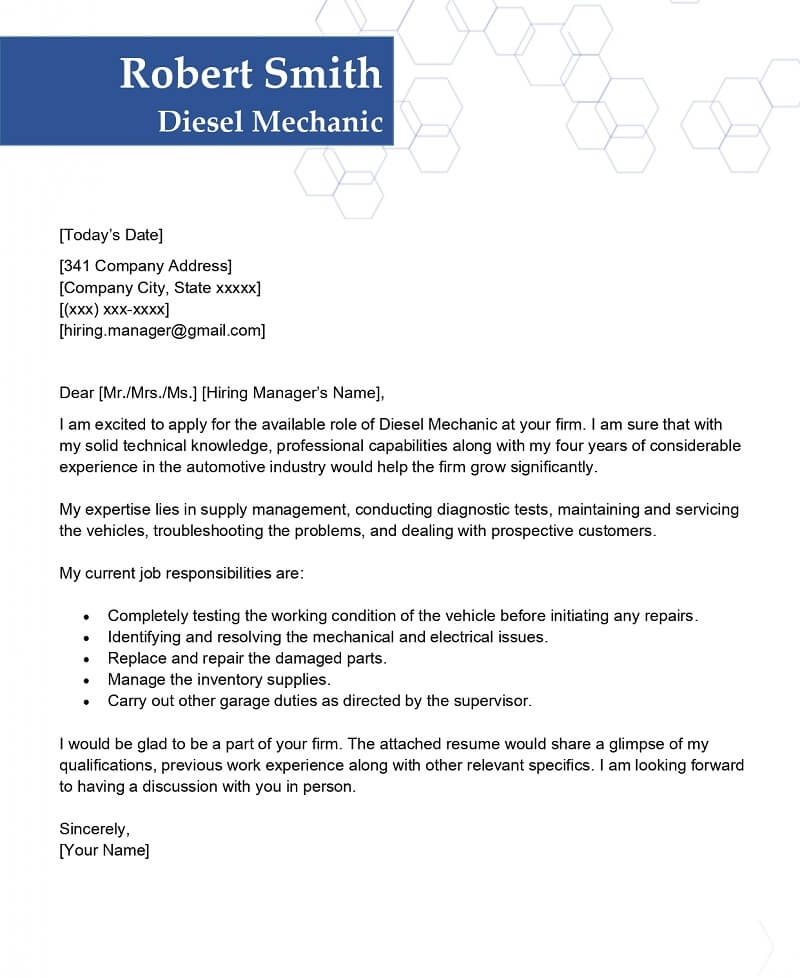Route for You Based on Your Background. Choosing the right U.S. immigration path can be confusing, especially with so many visa types and requirements. I believe the best route, whether working, studying, or investing, should match your background, career goals, and resources. It’s not just about entering the U.S.; it’s about building a sustainable future once you’re there.
Advertisement
In this guide, I’ll break down the most practical immigration options based on who you are: a skilled worker, a student, or an investor. You’ll find clear, direct guidance to help you decide your next step and take action with confidence. Let’s find the path that fits you best.
Choose the Right Path to the U.S.
Moving to the U.S. offers big opportunities, but choosing the right immigration path depends on your background. You might qualify through work, study, or investment, but each option fits different goals. This guide breaks it down simply, helping you pick the best route without getting overwhelmed.

Whether you’re a skilled professional or business owner, there’s a U.S. visa that matches your situation. Read on to understand your options, see what’s required, and decide what makes sense for your life right now. The right decision starts with the right information and you’re in the right place.
- Briefly state the problem: Many people want to move to the U.S., but choosing the best immigration route is confusing.
- Promise the solution: This guide helps you choose between work, study, or investment immigration based on your background.
- Tone: Clear, simple, helpful no fluff.
Read: Common Mistakes to Avoid to Get Your Canada Marriage Visa Approved Successfully
If You’re a Skilled Professional – Consider Working in the U.S.
If you have work experience, advanced skills, or a college degree, the U.S. work route may be right for you. The H-1B visa suits professionals in tech, finance, and healthcare. If your company has a U.S. office, an L-1 visa allows you to transfer.
High achievers may qualify for the O-1 visa. With employer sponsorship, you can even apply for a Green Card. This route works best if you already have a job offer or strong qualifications that U.S. employers value. It’s a clear way to move, earn, and eventually settle in the U.S. based on your skills.
Best options:
- H-1B Visa: For tech, engineering, finance, and other skilled jobs. Needs job offer from U.S. employer.
- L-1 Visa: For employees of global companies transferring to a U.S. office.
- O-1 Visa: For people with extraordinary skills in fields like science, arts, or business.
- Green Card through Employment: Sponsored by the employer.
- Best for: People with a strong resume and job offers or opportunities in U.S. companies.
If You’re a Student or Young Professional – Study First, Then Work
Want to start your journey through education? The U.S. student visa (F-1) lets you study at American schools, from college to technical programs. While studying, you can focus on building your skills and connections. After graduation, the Optional Practical Training (OPT) program allows you to work in your field for up to three years for STEM majors.
This route is ideal if you’re early in your career or want U.S. education to boost your resume. Many students transition from study to work and then apply for a Green Card. It’s a smart, step-by-step path to build a long-term future.
Best options:
- F-1 Student Visa: For college, graduate school, or vocational study.
- Optional Practical Training (OPT): Work in the U.S. after graduation for up to 3 years (STEM fields).
- Pathway to Green Card: Transition from F-1 to H-1B, then Green Card.
- Best for: Students aiming for U.S. degrees and long-term work options.
If You’re an Entrepreneur or Investor – Invest and Build Your Way In
If you have savings or own a business, you can use your investment to move to the U.S. The E-2 visa lets you run a business you fund yourself if you’re from a treaty country. For larger investments, the EB-5 visa offers permanent residency if your money creates jobs. Entrepreneurs can also use the L-1 visa to expand their business into the U.S.

These options work well for people who want to control their journey and have the means to invest. If you’re looking to combine business goals with a move to America, this could be your best route.
Best options:
- E-2 Investor Visa: Invest a substantial amount in a U.S. business. Must be from a treaty country.
- EB-5 Visa: Invest $800,000–$1,050,000 in a U.S. business or project, creating 10+ jobs. Leads to a Green Card.
- L-1 Visa for Entrepreneurs: Open a U.S. branch of your business.
- Best for: Investors, startup founders, or business owners ready to fund their U.S. entry.
Raed: Construction Labourer Jobs in Canada with Visa Sponsorship
Quick Decision Guide – What’s Best for You?
Not sure which path fits you? Use your background to decide. If you already have a job offer or a strong resume, take the work route. If you’re a student or want a degree, start with study. If you have savings or own a business, look into investment options.
Your age, skills, goals, and resources all play a role. Don’t try to force a path that doesn’t match your life right now. Choose what’s realistic and strategic. This simple decision guide helps you act fast and avoid wasting time or money on the wrong U.S. immigration route.
- If you have a job offer or a strong resume: Work Route
- If you’re young and want a U.S. education: Study Route
- If you have funds or business experience: Investment Route
- If unsure or want flexibility: Start with Study, then transition
Simple Steps to Get Started
Start by reviewing your background and choosing the visa that matches your goals. Then gather your documents: passport, qualifications, financial records, and work or school history. Find a trusted immigration lawyer or licensed consultant to guide you. Learn the application process, timelines, and costs.

If needed, prepare for visa interviews or English tests. Make sure your information is accurate and up to date. The earlier you start, the better your chances. Immigration takes planning, but the process is easier when you follow the right steps. Take action now to begin your path to living and working in the U.S.
- Identify your current background and long-term goal
- Choose the visa route that matches your profile
- Contact licensed immigration lawyers or consultants
- Prepare required documents and funds
- Apply and prepare for interviews
Read: Delivery Driver Jobs in Canada with Visa Sponsorship
If you’re planning to move to the U.S., choosing the right immigration route to work, study, or invest depends on your background and goals. Skilled professionals may qualify for work visas like H-1B, students can start with an F-1 visa and later transition to work, while investors can enter through E-2 or EB-5 programs. Each path has its own requirements and benefits. The key is to match your experience, qualifications, and resources with the right visa option to build a successful and long-term future in the U.S.


